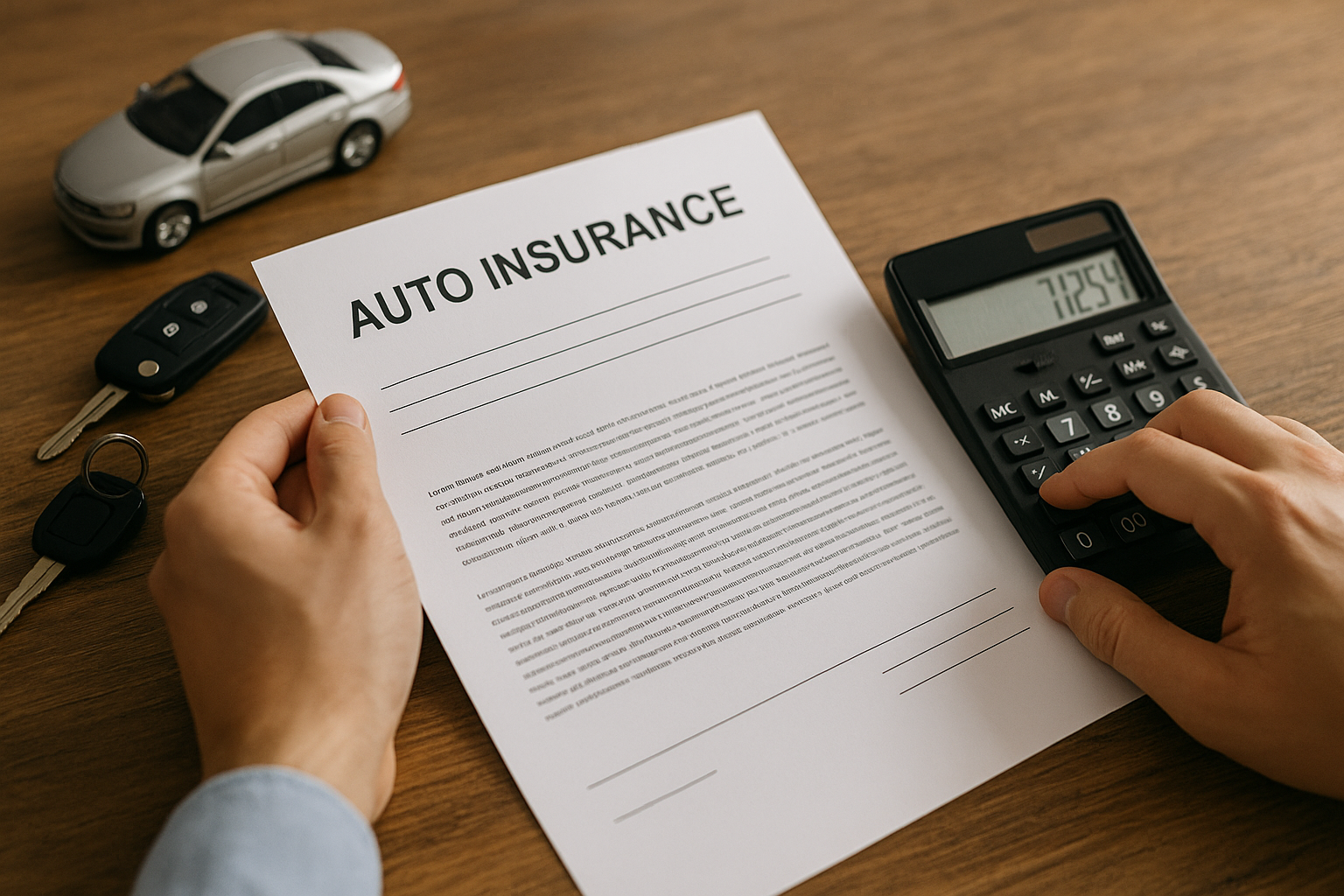Hook: Don’t let misconceptions drain your wallet. From “red cars cost more” to “you only need minimum coverage,” these car insurance myths can inflate your premiums and expose you to financial risk. Let’s debunk the top auto insurance misconceptions so you can save money and stay properly protected.
- Why believing myths can leave you overpaying or underinsured
- The truth behind six pervasive car‑insurance fallacies
- Actionable tips to optimize coverage and lower costs
Myth 1: Red Cars Always Cost More to Insure
The Reality: Insurers base rates on factors like driving record, vehicle model, age, and location—color doesn’t enter the equation. Yet the myth persists, leading some buyers to avoid red cars unnecessarily or accept higher quotes without shopping around.
Myth 2: Your Credit Score Doesn’t Affect Your Premium
The Reality: In most states, insurers use credit‑based insurance scores to predict claim likelihood. A strong credit history can earn you significant discounts, while poor credit may drive up rates by 20%–50%. Regularly checking your credit report and correcting errors is a low‑cost way to reduce your insurance bill.
Myth 3: Full Coverage Means COVerage for Everything
The Reality: “Full coverage” typically refers to collision and comprehensive plus liability—but it doesn’t cover everything. Roadside assistance, rental reimbursement, OEM parts, and gap insurance are separate add‑ons. Review your policy’s declarations page to understand exclusions and avoid surprise out‑of‑pocket costs.
Myth 4: Small Claims Won’t Impact Your Premium
The Reality: Even “not‑at‑fault” claims can trigger surcharges or loss of accident forgiveness. Some insurers raise rates if you file more than one claim in a three‑to‑five‑year window—regardless of fault. Before filing, compare repair costs to your deductible and long‑term rate impact.
Myth 5: All Insurers Offer the Same Coverage for the Same Price
The Reality: Rates and coverages vary widely between carriers. A $1,200/year quote from one company could be $900 from another for identical limits. Use comparison tools or work with an independent agent to explore multiple markets—especially smaller regional insurers that may underprice national brands.
Myth 6: You Can’t Change Your Coverage Mid‑Policy
The Reality: You can adjust your policy at renewal or, in many cases, mid‑term. Adding a teen driver, bundling home and auto, raising deductibles, or dropping collision on an aging vehicle can all be done during your current term. Contact your insurer or agent to update your coverage and capture potential savings immediately.
Optimizing Your Coverage & Costs
- Bundle Policies: Insuring multiple vehicles or combining home and auto often yields 10%–25% discounts.
- Raise Deductibles: An extra $250–$500 deductible can lower your premium by 10%–20%, but only do so if you can afford the higher out‑of‑pocket cost.
- Maintain a Clean Record: Avoid tickets and at‑fault accidents—many carriers offer accident forgiveness after one year of clean driving.
- Ask About Usage‑Based Discounts: Telematics programs can shave 5%–20% off for low‑mileage, safe‑driving habits.
- Review Annually: Life changes—marriage, moving, job changes—can all affect your rate. Compare quotes before each renewal.
FAQs
- Q1: Does my mileage really affect my premium?
- A1: Yes—many insurers offer low‑mileage discounts, and some charge extra for drivers exceeding 15,000–20,000 miles per year.
- Q2: Can I drop comprehensive or collision to save money?
- A2: Possibly, if your vehicle’s value is low enough that repair costs would not justify the premium. Calculate actual repair estimates before dropping coverages.
- Q3: How do I dispute a rate based on misinformation?
- A3: Contact your insurer’s underwriting department or your state insurance commissioner’s office if you suspect an error in your risk profile or scoring.
Conclusion & Next Steps
Don’t let car insurance myths and auto insurance misconceptions inflate your costs or leave gaps in protection. Use these insights to challenge assumptions, compare quotes, and tailor your policy to your actual risk profile. With the right strategy, you’ll pay only for the coverage you need—and nothing extra for beliefs that have no basis in reality.

